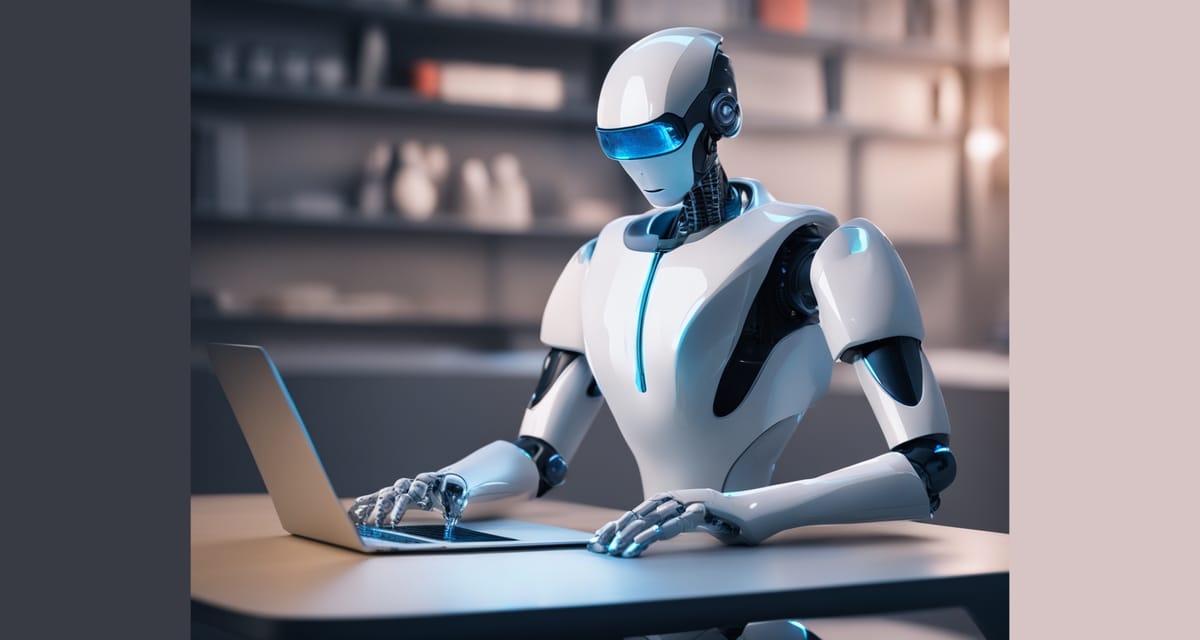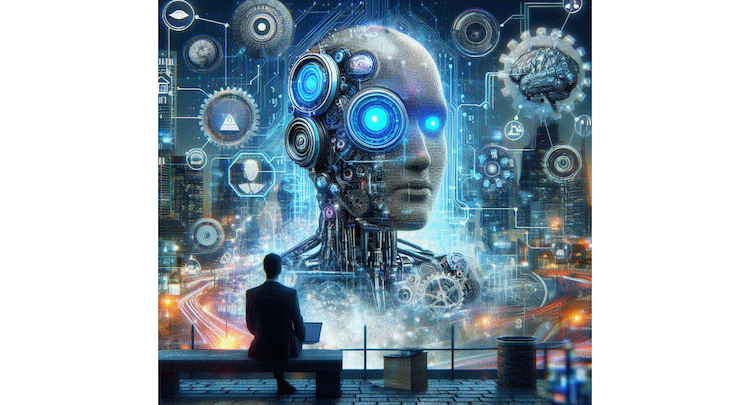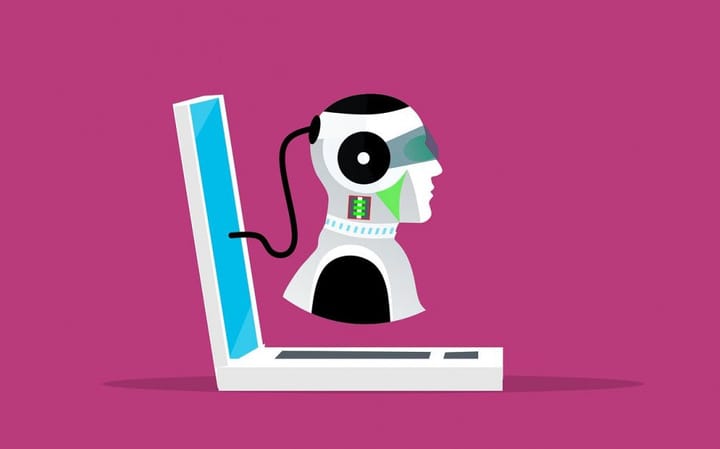Can I use AI to write a children's book?
"Writing a children's book can be a fun and rewarding experience. However, it can also be challenging to come up with new ideas and create engaging content that will capture the attention of young readers. That's where AI comes in."

"Can I use AI to write a children's book?"
-SHiNER The Human asks Jasper AI
Jasper's Reply:

Writing a children's book can be a fun and rewarding experience. However, it can also be challenging to come up with new ideas and create engaging content that will capture the attention of young readers. That's where AI comes in.
AI, or artificial intelligence, has been making waves in various industries, including writing. With its ability to learn and mimic human language patterns, AI has become a valuable tool for writers looking to enhance their writing process.

But can AI really be used to write a children's book? The answer is yes. Although AI may not be able to create an entire story on its own, it can certainly assist in the writing process and provide valuable insights and suggestions.
One way AI can help with writing a children's book is by generating ideas. By analyzing popular trends and themes in children's literature, AI can suggest unique ideas that may appeal to young readers. It can also offer suggestions for character development, plot twists, and even dialogue.
Additionally, AI can assist with grammar and spelling errors. Children's books often have simple language, but it still needs to be error-free. With the help of AI, writers can ensure that their text is free of grammatical and spelling mistakes, making it easier for young readers to understand and enjoy.
Another benefit of using AI in writing a children's book is its ability to provide feedback. By analyzing the text, AI can offer suggestions on sentence structure, word choice, and overall flow. This feedback can help writers improve their writing skills and create a more engaging story for young readers.
Furthermore, AI can also assist with illustrations. While traditional artists may still be needed for detailed and intricate illustrations, AI technology can help generate simple yet effective images that align with the story's theme and tone.
But perhaps the most significant advantage of using AI in writing a children's book is its speed. With the assistance of AI tools, writers can complete their work faster and more efficiently. This allows for a quicker turnaround time, which is crucial in the fast-paced world of children's literature.

In addition to speed, AI also offers the benefit of accuracy. It can catch spelling and grammatical errors that may have gone unnoticed by human eyes. This ensures that the final product is polished and professional, making it more appealing to publishers and readers alike.
Another advantage of using AI in writing a children's book is its adaptability. Children's literature encompasses various genres, from picture books to chapter books to middle-grade novels. With AI technology, writers can easily tailor their writing style and vocabulary depending on the target audience.
Moreover, AI can generate ideas for plot twists or character development based on popular tropes or story structures used in successful children's books. This can provide writers with fresh and creative ideas to make their stories more engaging for young readers.
In addition, AI technology also offers the convenience of organizing thoughts and ideas. With features like mind mapping and note-taking, writers can keep track of all their ideas and easily organize them into a cohesive plot or storyline. This eliminates the hassle of manually tracking story elements and allows for a smoother writing process.
Furthermore, AI can assist in keeping the language appropriate for different age groups. Children's literature requires a certain level of simplicity and clarity that may be challenging to achieve without proper guidance. With AI algorithms specifically designed for children's writing, writers can ensure that their language is suitable for their target audience.
Lastly, utilizing AI in writing can also enhance the editing process. Grammar and spelling mistakes can be easily overlooked, especially after multiple revisions. With AI-powered proofreading, writers can catch errors and improve their overall writing quality.
In addition to these benefits, AI in writing also offers a unique opportunity for collaboration. Writers can share their work with others and receive real-time feedback from both AI algorithms and other writers. This allows for constructive criticism and the ability to improve upon ideas before publishing.
However, it is important to note that while AI can greatly assist in the writing process, it should not replace human creativity and originality. Ultimately, it is up to the writer to use AI as a tool rather than rely solely on its suggestions.
In conclusion, incorporating AI into writing not only improves grammatical and spelling accuracy, but also offers a chance for collaboration and continual improvement. With AI as a helpful guide, writers can catch errors and enhance their writing skills, leading to high-quality content that effectively conveys ideas to readers. So next time you sit down to write, consider utilizing the power of AI to take your writing to the next level.

Arted By KREA AI
Edited By SHiNER The Human
JASPER AI is an LLM Writing Assistant
KREA AI is a Machine-Learning GPT Artist
SHiNER The Human is a Human Editor. Blame him for any errors.





Comments ()